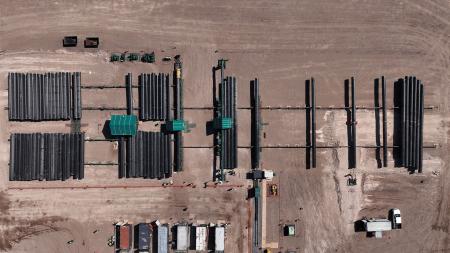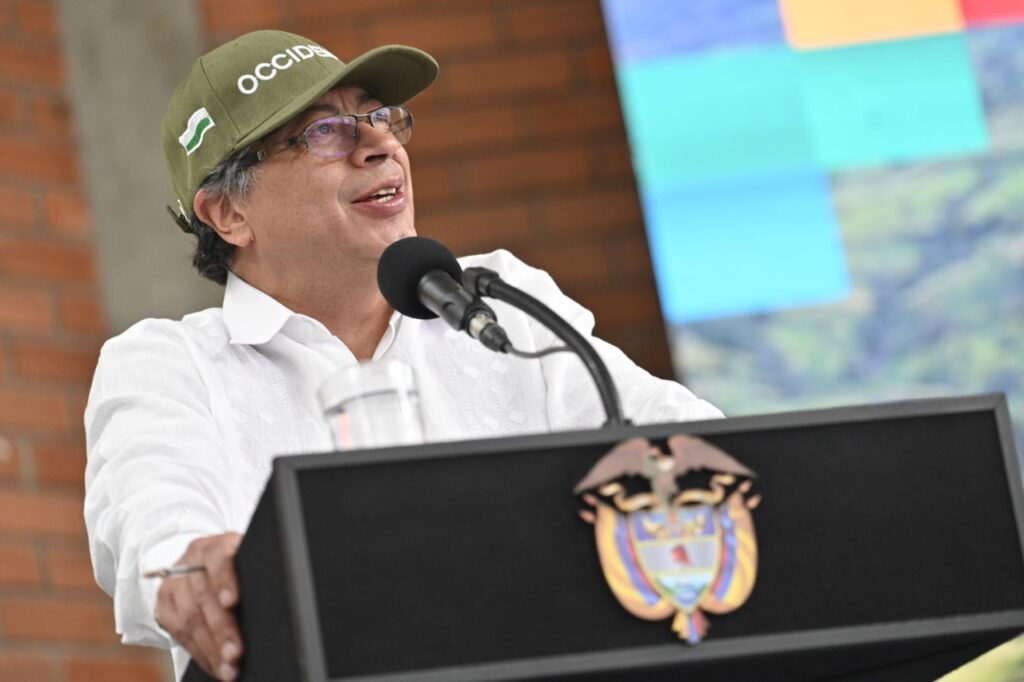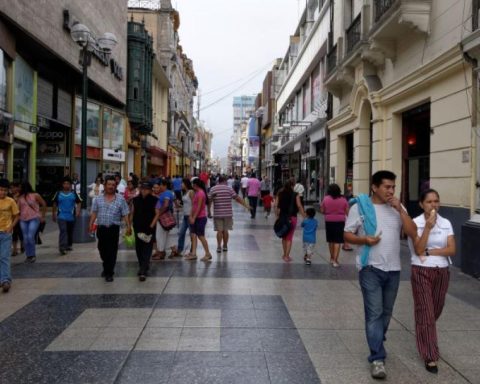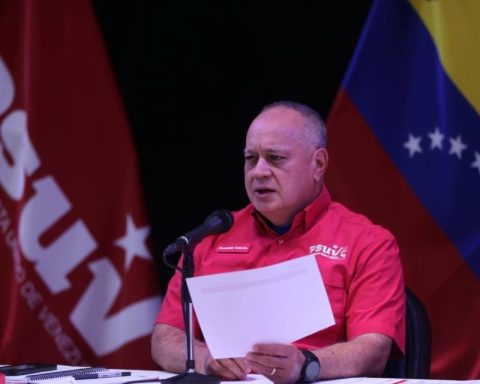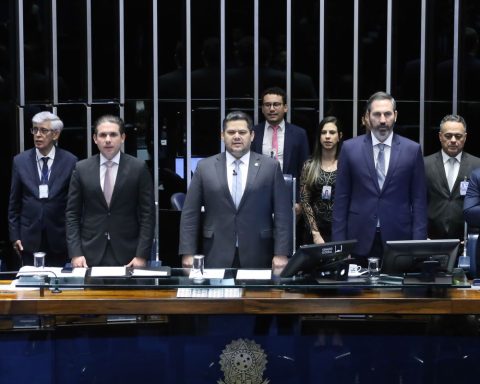The construction of the Néstor Kirchner gas pipeline is advancing on schedule based on the work being carried out in double joint plants that speed up the welding of tubesand which were set up by Techint and Sacde and are monitored by the state company Energía Argentina.
The mega-project that will require more than 56,000 pipes has enormous logistical complexity and, to be able to be operational by the end of June next year, It has two double-joint plants that allow shortening welding and transport times for its installation in the future gas pipeline trace.
One of the plants is located in the main workshop located in the pampean district of General Acha.
The second is located in the workshop called PK 60, located 40 kilometers from the town of Catriel, in Río Negro, and 60 kilometers from what will be the beginning of the gas pipeline in Tratayen, Neuquén.
The construction of this mega-infrastructure will allow Argentina to achieve energy self-sufficiency and, subsequently, become an important player in exports.
According to estimates from official sources, The pipeline will save more than US$3.5 billion next year by replacing energy imports at current prices (US$36 per million BTU).
How the workshops work
Télam visited last week the workshop PK 60which has 800 workers in full activity and receives 100 12-meter-long tubes daily in a total of 25 trucks that arrive from the Buenos Aires town of Valentín Alsina.
PK 60 is one of the four gas pipeline workshops and one of the three managed by the Temporary Business Union (UTE) made up of the Techint and Sacde firms.
Specific, the UTE is in charge of the construction of a stretch of around 440 kilometers between the towns of Tratayen and General Acha.
To speed up the execution of the work and have the gas pipeline up and running by June next year, Techint and Sacde receive 12-meter pipes at the workshop and, through a welding process at their double-joint plants, transform them into a 24 meter body only.
Then they collect them waiting to be taken to the route of the future gas pipeline.
Based on the work plans, starting tomorrow the 24-meter tubes will be taken to kilometer 0 of the gas pipeline, in Tratayen.
These pipes, once deposited in the trace, will be joined by machines specially brought from the United States that have a robotic system that generates up to 100 welds and that can join up to 2 kilometers in length per day.

The president of Sacde, Damián Mindlin, assured that the work “is a great challenge due to its length and geography and due to the agreed completion time. We have been preparing for this for many months and, among other things, we have incorporated automatic welders with robotic systems that advance at a rate of up to 100 per day and it will be the first time that they are used in Argentina”.
For his part, Techint’s general director, Gustavo Gallino, maintained that “in order to meet the deadline, we must comply every day. We are convinced that it can be done.”
In addition to the double joint plants, the machines that will automate the welding process in the laying of the gas pipeline will also be key to reaching next June with the finished work.
This innovative variant will double the speed of the process, since with the traditional manual system an average of 50 to 60 welds per day is achieved.
In dialogue with Télam, the engineer in charge of the tasks at the PK 60 workshop, Alejandro Cardones, emphasized the good safety conditions offered by these production systems and also highlighted the shortening of completion times.
PK 60, which currently has 800 workers, will now have a staff of 1,500 direct employees in january.
The work will also require around 8,000 jobs indirectly between suppliers, hotels and gastronomy.
The work plan foresees the start of operation of the gas pipeline for June 20, 2023, coinciding with the peak of winter demand.

